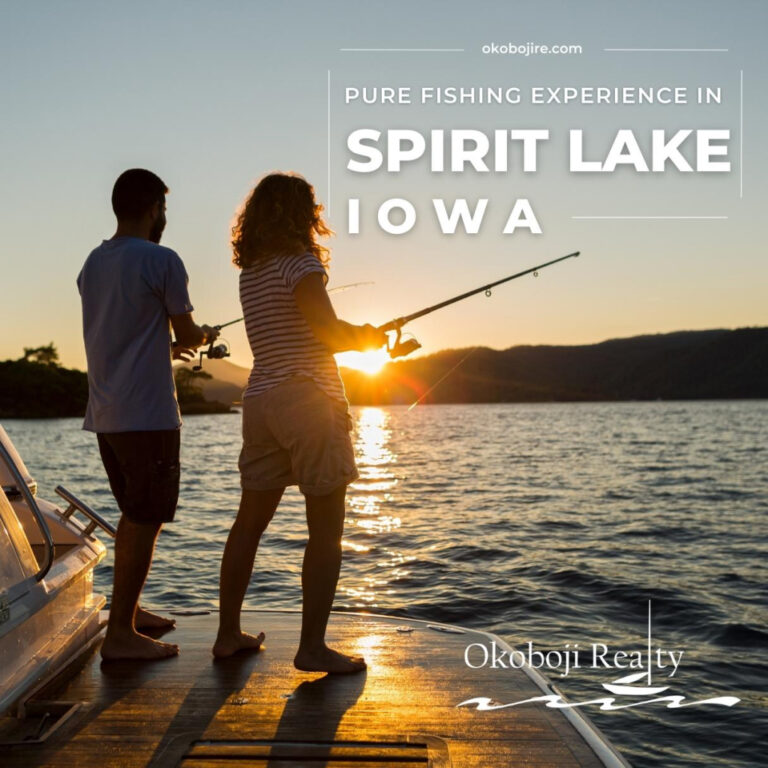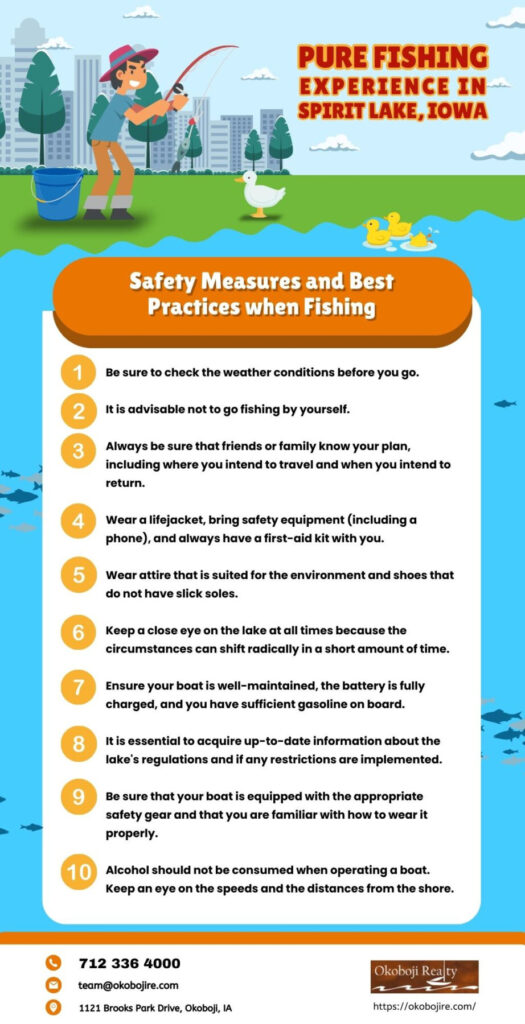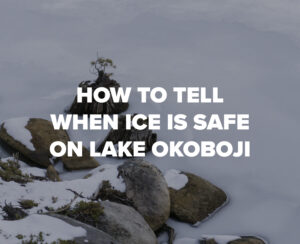Spirit Lake is a famed landmark in Dickinson County, Iowa. This particular body of water encompasses roughly 5,684 acres and reaches a maximum depth of approximately 22 feet.
Locals and tourists can visit the lake and enjoy various sports and recreation, including fishing, kayaking, camping, and even hiking! You can also use numerous facilities, including a fishing cleaning station.
If you are a resident of Iowa, visiting Spirit Lake is a must since it offers plenty of fun and enjoyable things to do with your family or friends.
Today, we will focus on pure fishing in Spirit Lake, Iowa, to help aspiring anglers experience the sought-after fishing experience and to share important tips and reminders for a safe activity for everyone.
Why Spirit Lake is a Fishing Paradise
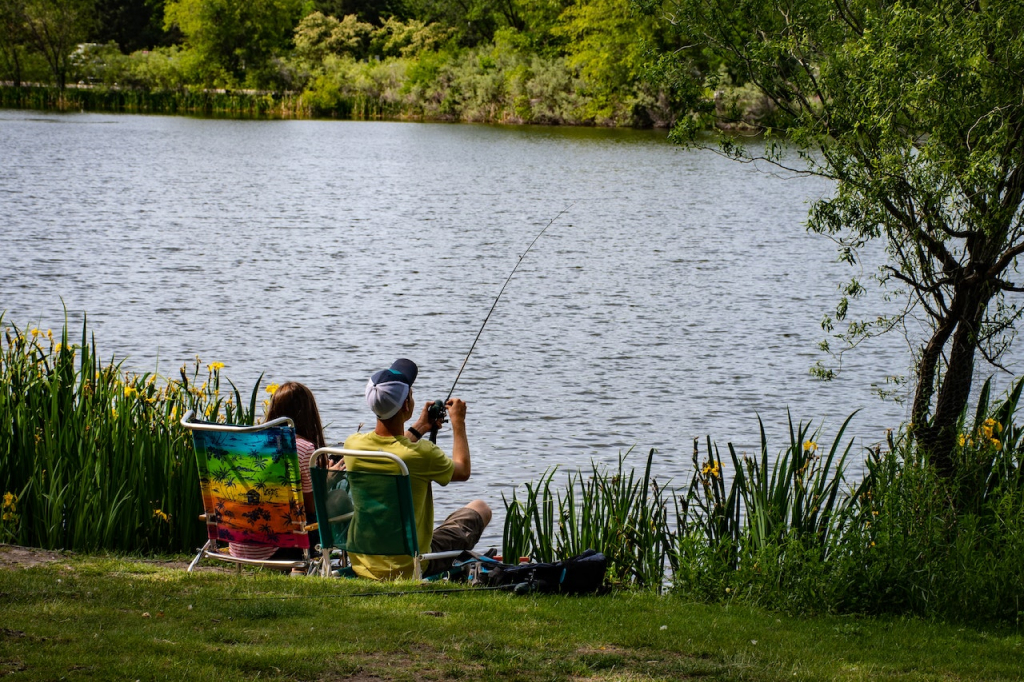
The primary reason why Spirit Lake is a fishing paradise is because it is home to a diverse collection of fish species. Among the fish you can catch around around the lake are the following:
- Shortnose Gar
- Walleye
- Smallmouth Bass
- White Bass
- Black Crappie
- White Sucker
- Bigmouth Buffalo
- Bluegill
- Yellow Perch
- Largemouth Bass
- Black Bullhead
- Longnose Gar
- Quillback
- Northern Pike
- Freshwater Drum
- Green Sunfish
- Yellow Bass
- Channel Catfish
- Muskellunge
- Pumpkinseed
- Common Carp
Prepping for Your Fishing Trip
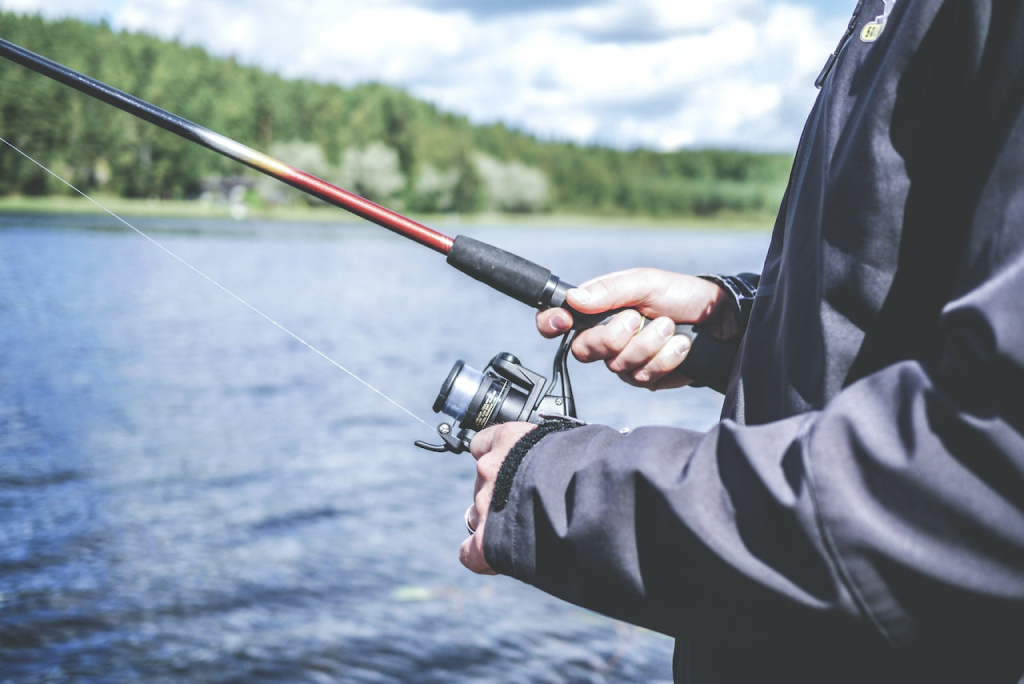
If it’s your first time to fish in Spirit Lake, here are the things you should do to prepare for your fishing trip in this vast lake in Iowa. These will help you as you try to bring out your inner angler!
Learn How to Choose a Bait
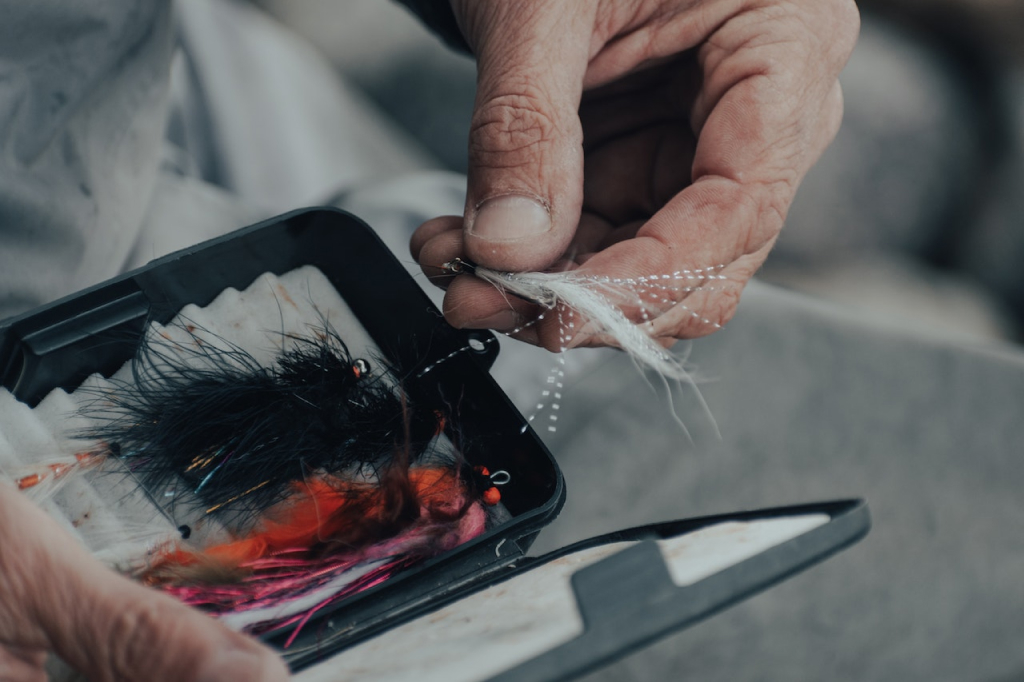
Live bait is often more productive than artificial ones, but it can also get fishermen in trouble if they don’t follow the rules for collecting it or misidentify the species they bring in.
If you have a sport fishing license, you can take minnows captured in public waters home with you, but you’ll need to supply your water for transporting them. Due to the risk of spreading invasive aquatic species, it is against the law to carry them in lake or river water.
Sportfish captured with a hook and line are fair game for anglers. You’ll need a valid bait dealer license to sell, give, or furnish bait to others. Be careful when choosing your bait; some of the bait you use may contain invasive species.
Learn How to Set the Hook
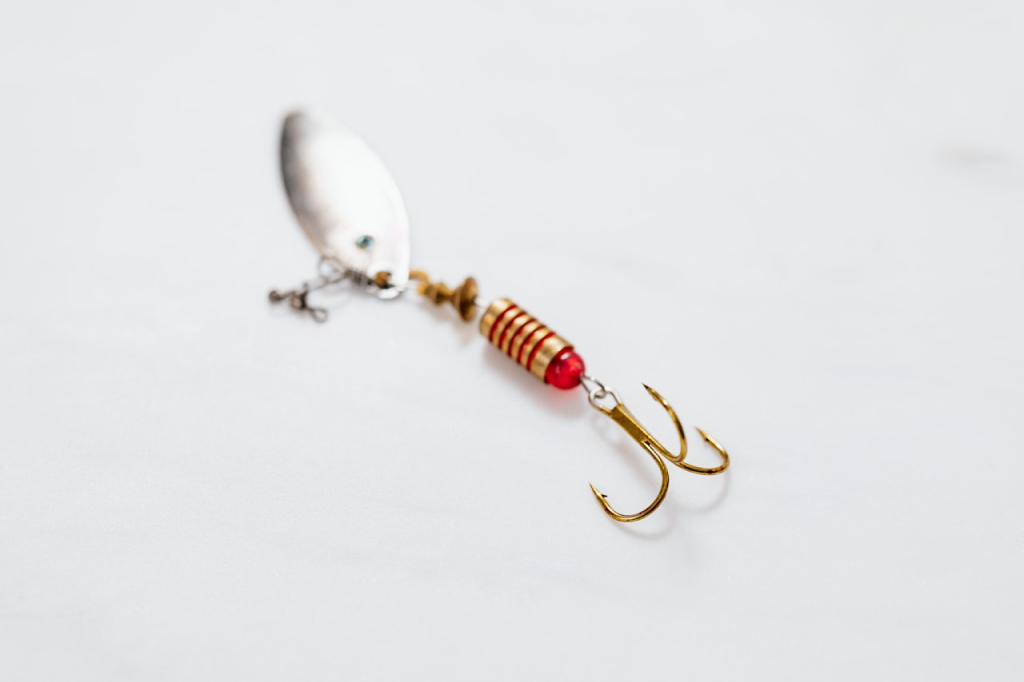
Over time, you’ll learn when and for how long you should wait before placing the hook. Most fishermen throw out their hooks far too early, a common mistake in the fishing community.
Being ready for the strike is the key to understanding when to set the hook. With each cast, you need self-control to keep your mind on the task and, of course, patience to wait for a bite.
Learn How to Set the Drag
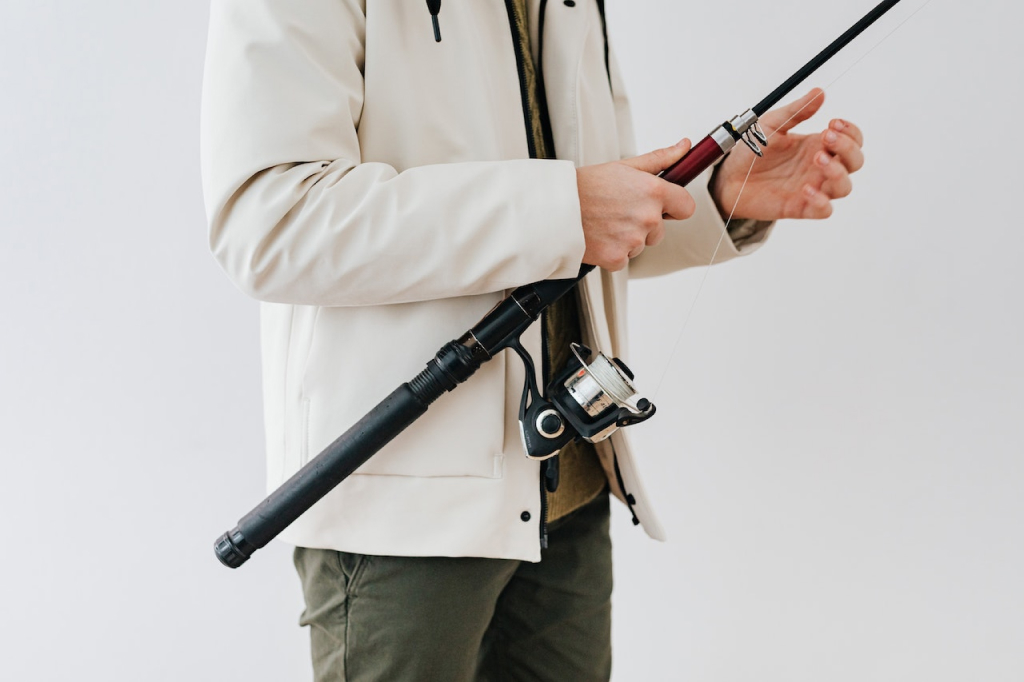
The drag needs to be adjusted accordingly. Your line will come out too quickly or slowly, depending on the size of your fish.
Spinning reels have their drags located at the highest point of the reel. You may adjust the drag by rotating the click wheel to the right to make it tighter or to the left to make it looser. If you’re fishing, your line should be through all the guides on your rod, and any knots should be outside the guides.
Tighten the drag if the line comes free too easily. Loosen your drag if you find it too challenging. If you don’t trust your ability to accurately measure the force, a portable spring scale can help.
Learn How to Cast
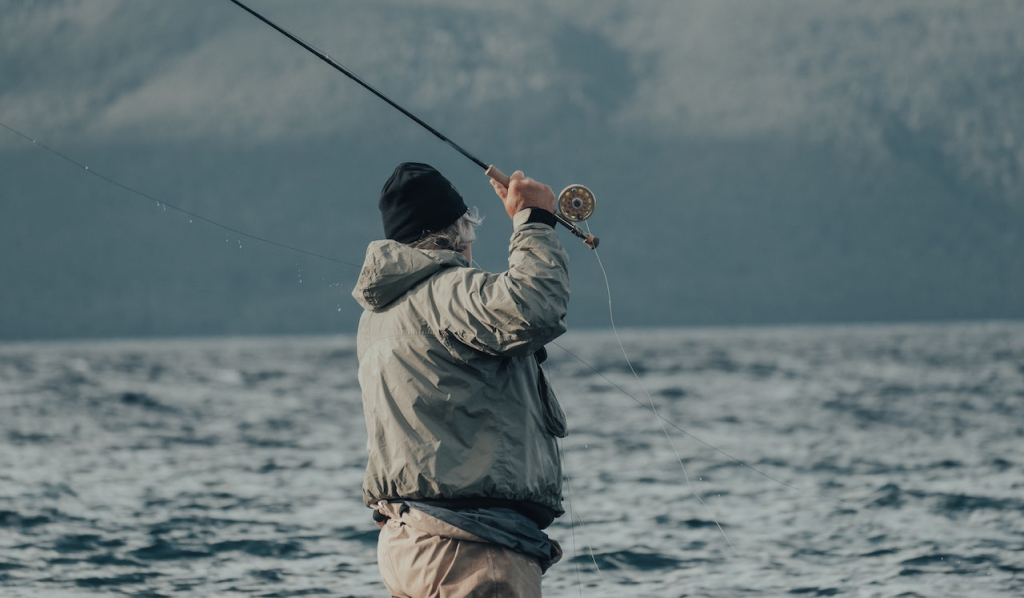
Being able to cast a fishing rod is a vital fishing skill. Here are some pointers you can follow:
- Face the target as you stand with your feet shoulder-width apart.
- Put the rod’s end right where you want it to hit.
- Press and hold the reel’s release button with your thumb.
- Bend your elbow smoothly but quickly, and bring the hand holding the rod to eye level.
- Don’t let go of the release button; the rod should be straight.
- The weight of the plug will cause the rod to bend downward; as it does so, rotate your forearm forward with a tiny flick of the wrist.
- Keep your thumb on the button, and make the rod flex by sweeping it forward.
- Let go of the button as the rod advances toward you at the 10 o’clock position.
- The bait and bobber will be released with the bend of the rod.
- When the fishing rod is aimed slightly high, stop casting.
Learn How to Drag a Bait Caster
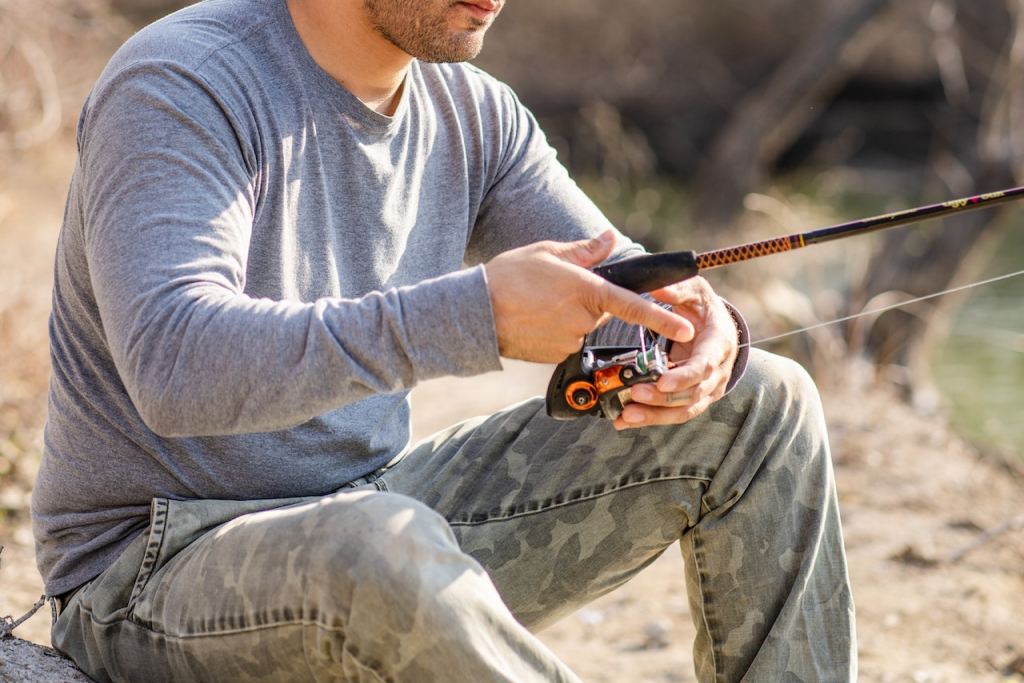
Here’s a guide on how to do one:
- To begin, loosen the drag knob.
- Keep your thumb on the spool while you crank the handle clockwise until it seems secure and tight.
- Turn the drag knob clockwise until you feel some resistance. Do not turn the knob anymore; it has reached its maximum tightening.
- Pull on the line with the other hand to check the drag.
- If you’re comfortable, that means everything is well.
Learn How to Reel a Fish
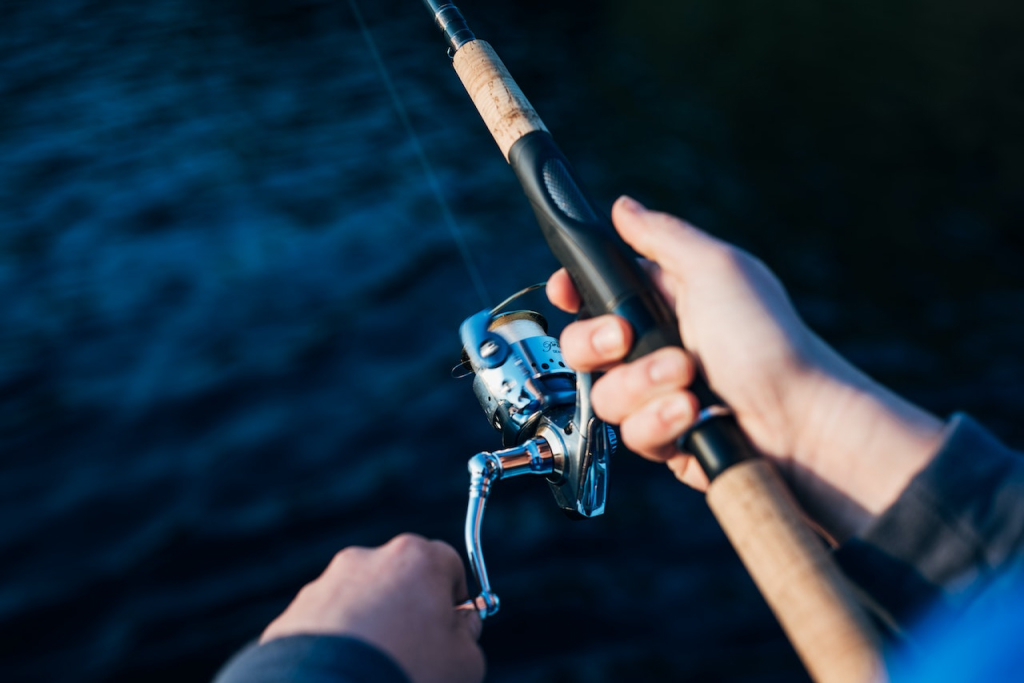
- Maintain a 45-degree angle between the fishing rod and the water, point the rod tip directly at the fish, and be prepared to pull the reel when the drag stops buzzing and moving.
- When the fish settle down and stop pulling the line from your reel, the pump-and-reel technique becomes an excellent method for capturing larger fish.
- Raise the rod’s tip as if trying to pitch it skyward to an angle of roughly 90 degrees without bringing in the fish.
- A stronger or bigger fish will cause the rod to bend significantly, but this is to be expected.
- Finally, reel while you bring the rod tip down to around 45 degrees while maintaining consistent pressure on the fish.
Congratulations! You’re now ready to catch your first fish! Afterward, you may head to the Spirit Lake fishing outlet if you intend to sell your fish. However, a protected bird, fish, mammal, or any part thereof may not be bought or sold unless specifically authorized.
Expert Tips for Pure Fishing in Spirit Lake
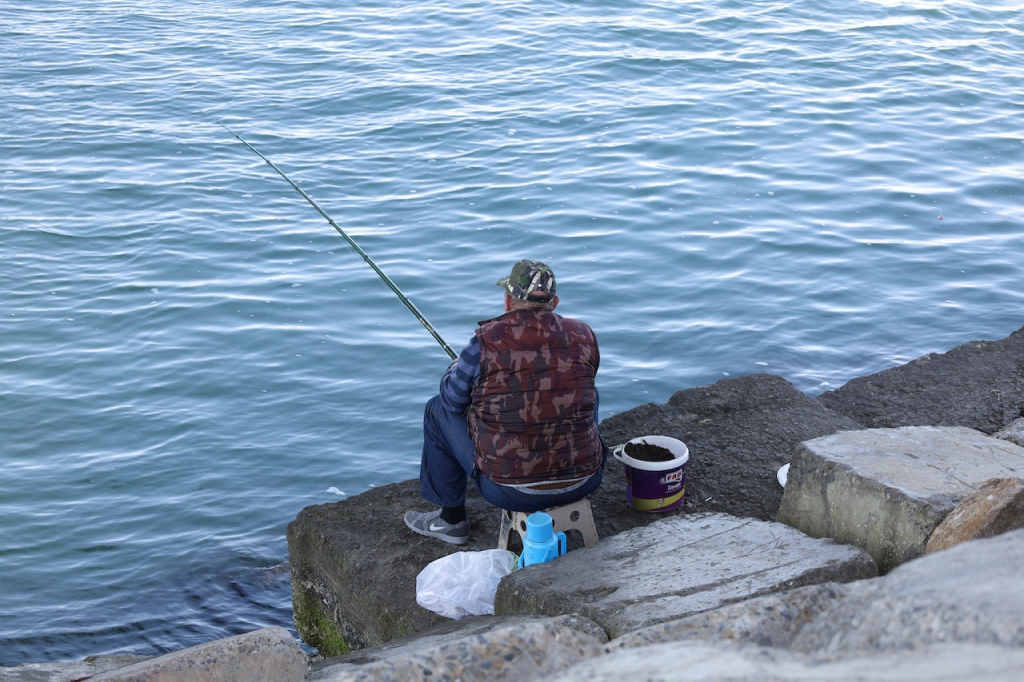
Pure fishing in Spirit Lake, Iowa, is best when you keep in mind these things:
Weather
Whether or not it is a good day to go fishing depends on various factors related to the weather. How much and how hard it rains affects how fish feed.
Fish are less likely to bite frequently when the air temperature exceeds the water temperature. You can improve your chances of catching something by watching the weather.
Timing
At dawn and sunset, fish are at their most active. Fish feed heavily before a cold front and during a warm front. Light rain is good for fishing because it brings food to the surface, but excessive rain causes fish to become less active.
Ice Fishing Guide
Anglers can enjoy some fresh air and spend very little money by going ice fishing. Standing on a lake is exciting because you can cast directly over fish habitat, where your bait has the best chance of attracting many fish.
Use these basic guidelines to have a pleasant and secure ice fishing experience:
- It is advised that fishing be done on at least four inches of clear blue ice. Fresh ice is more resilient than seasoned ice.
- Drill test holes along the beach and at regular intervals as you proceed to determine the ice’s thickness and condition before setting out.
- The thickness of the ice on the lake might vary depending on its location. Take extra precautions on the ice near any submerged trees or emerging plants.
- A five-gallon bucket can be utilized as an emergency floating device if you fall through the ice while carrying heavy equipment, sitting, or transporting your catch.
- Ensure the hole you cut in the ice is no more than 10 inches thick with a spud bar or ice auger (manual or gas powdered). Remove any debris from the opening using an ice skimmer.
- Depending on the species of fish you’re after, your ice fishing rod may be as short as 18 inches or as long as 24 inches.
- There is electronic sonar equipment that can assist you in finding the fish. Fish tend to hibernate at a consistent depth throughout the colder months.
Equipment
To complete pure fishing in Spirit Lake, Iowa, you must have the right fishing equipment before venturing into the lake. You can buy it at the nearest fishing equipment store. You may also book a fishing tour service for safer and guided fishing.
Safety Measures and Best Practices
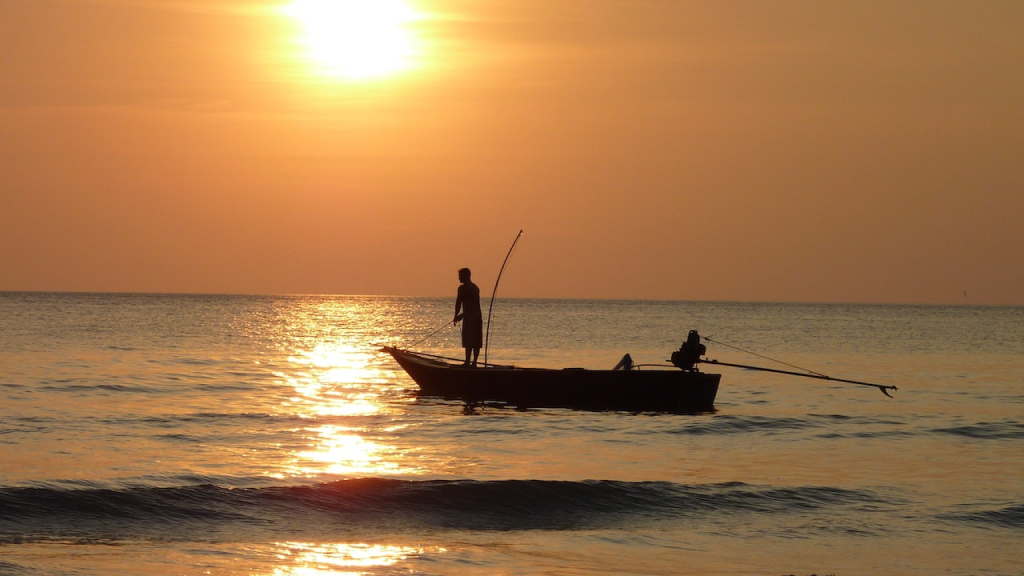
Fishing is one of the best activities you can do with your loved ones. That is why it is important that in every fishing trip with them, safety is always observed.
Before you head out to conquer the Spirit Lake of Iowa, here are some tips you can use to make the trip injury-free:
- Be sure to check the weather conditions before you go.
- It is advisable not to go fishing by yourself.
- Always be sure that friends or family know your plans, including where you intend to travel and when you intend to return.
- Wear a lifejacket, bring safety equipment (including a phone), and always have a first-aid kit with you.
- Wear attire that is suited for the environment and shoes that do not have slick soles.
- Keep a close eye on the lake at all times because the circumstances can shift radically in a short amount of time.
- Ensure your boat is well-maintained, the battery is fully charged, and you have sufficient gasoline on board.
- It is essential to acquire up-to-date information about the lake’s regulations and if any restrictions are implemented.
- Be sure that your boat is equipped with the appropriate safety gear and that you are familiar with how to wear it properly.
- Alcohol should not be consumed when operating a boat. Keep an eye on the speeds and the distances from the shore.
Now that you’re at the end of the article, we hope you’ll remember everything we shared. The information we presented aims to help you have fun, pure fishing in Spirit Lake, Iowa!
Conclusion
Spirit Lake, Iowa, provides an exceptional pure fishing experience ideal for a memorable outing with your loved ones or simply unwinding by the serene lake.
In addition to the enjoyable fishing, you can also gain insights into the local fish species, discover how to contribute to the lake’s well-being and the welfare of its aquatic residents and take pride in your catch as proof of your determination.
If you want to know more about this scenic lake in Iowa, please feel free to get in touch with us anytime.
Connect with us by calling 712 336 4000 or emailing team@okobojire.com. We also encourage you to follow us on our various social media platforms to receive the latest news and updates about Iowa!
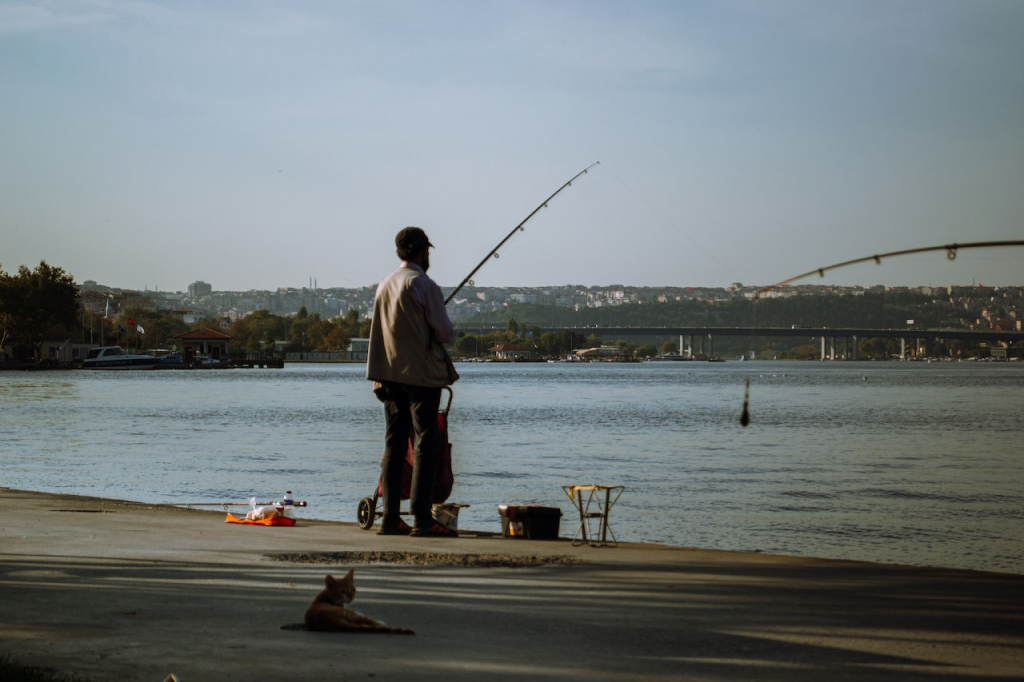
Frequently Asked Questions
What is the best season to fish in Spirit Lake?
The best season to fish in Spirit Lake depends on what fish you wish to catch. For instance, the Muskellunge fishing season is from May to November. Other fish species at Spirit Lake are continuous in season.
What other activities can I enjoy at Spirit Lake besides fishing?
Other recreational activities you can do at Spirit Lake are boating, picnics, exploring trails, going to the beach, spending time in the playground, and camping.
Are there any guided fishing tours available?
Definitely! Guided fishing tours are available in Spirit Lake, Iowa, catering to families, vacationists, and certified anglers. Some fishing tours you may inquire about are Topside Guide Service and The Iowa Guide.
Can I rent fishing equipment at Spirit Lake?
Yes. You can rent and buy fishing equipment in stores around the lake. Ice fishing equipment is also up for rent.
Do I need a permit to fish in Spirit Lake?
Yes. Both residents and non-residents who are under the age of 16 are exempt from the need to purchase a fishing license, as are residents who are actively serving in the armed forces.
Residents of Iowa have the option of purchasing a license that is valid for either three years, one year, or other shorter terms.
You can buy a fishing license at a licensed seller, over the phone, or online at the Iowa Department of Natural Resources website. An additional stamp is necessary to purchase certain fish species.

